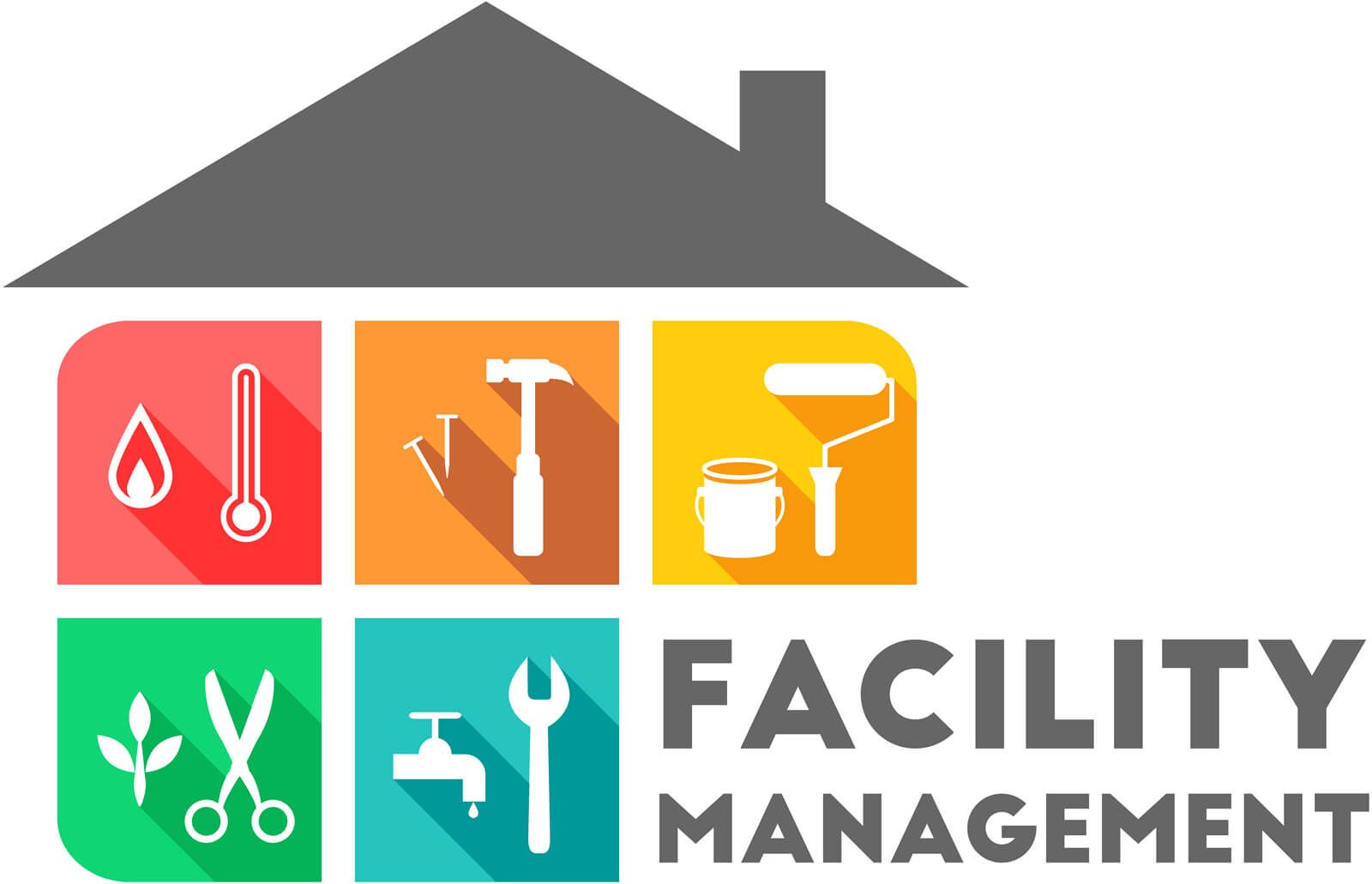Total Facility Management Explained: A Resource for Facility Managers
Total Facility Management Explained: A Resource for Facility Managers
Blog Article
Why Total Facility Management Is Crucial for Organization Success
Total Facility Management (TFM) offers as a cornerstone for service success by integrating varied operational aspects such as maintenance, area use, and safety and security measures. As companies navigate an affordable landscape, recognizing the multifaceted benefits of TFM can be pivotal in driving expense effectiveness and enhancing worker performance.
Recognizing Total Facility Management
Total Facility Management (TFM) includes a detailed technique to taking care of a company's structures and connected solutions to make sure ideal capability, safety and security, and performance. TFM incorporates different self-controls, including maintenance, operations, space management, and safety and security methods, to produce a natural framework that supports a company's core purposes.
At its core, TFM intends to enhance the processes associated with facility management, lowering redundancies and improving service distribution. This strategy includes the sychronisation of activities connected to property management, such as repair work, cleaning, and power management, to foster an effective atmosphere for workers and stakeholders alike. TFM additionally highlights the significance of implementing ideal methods and innovative modern technologies to enhance solution high quality and decrease functional expenses.
By lining up facility management activities with business objectives, TFM enhances general efficiency while guaranteeing conformity with wellness, safety, and environmental laws. Thus, TFM serves not just as a logistical feature yet also as a calculated property, adding to an organization's lasting sustainability and growth.
Key Benefits of TFM
Leveraging an extensive approach, organizations that execute Total Facility Management (TFM) unlock a myriad of advantages that add to total business success. One of the primary advantages of TFM is the enhancement of functional performance. By consolidating facility solutions under a unified management framework, companies can streamline processes, decrease redundancies, and enhance communication across departments.
Additionally, TFM advertises an aggressive upkeep approach, which decreases downtime and expands the life-span of facilitiess and tools (Total Facility Management). This aggressive strategy not just boosts efficiency however likewise promotes a much safer working atmosphere, ultimately resulting in higher employee satisfaction and retention prices
In addition, TFM promotes far better resource allotment by offering insights right into facility performance metrics. Organizations can identify locations for renovation, enabling them to make informed choices that straighten with their calculated goals.
TFM and Cost Performance
Attaining expense efficiency is a basic objective for organizations, and Total Facility Management (TFM) plays a crucial function in this endeavor - Total Facility Management. By incorporating different facility solutions under a single management structure, TFM enables companies to improve operations and minimize redundancies. This holistic strategy causes significant price savings, as it removes the requirement for multiple suppliers and simplifies purchase processes
Additionally, TFM fosters aggressive maintenance approaches, which reduce the threat of expensive fixings and downtime. By focusing on preventive procedures, organizations can prolong the lifespan of their possessions and lower unforeseen expenses. Additionally, TFM integrates power management methods, which can significantly reduce energy costs via efficient resource application.
The centralization of data and analytics within TFM enables companies to make informed monetary choices. By recognizing trends and areas for renovation, TFM enables tailored methods that better enhance expense management. The scalability of TFM services guarantees that as companies expand, their facility management techniques continue to hop over to here be efficient and aligned with financial goals.
Enhancing Worker Efficiency
A well-managed facility can substantially enhance staff member performance by creating a conducive work environment. Effective Total Facility Management (TFM) makes certain that all aspects of the work environment-- from illumination and temperature level to tidiness and security-- are enhanced. When workers operate in a space that is well-kept and comfortable, they are most likely to concentrate on their tasks, leading to higher outcome and work complete satisfaction.
Furthermore, TFM can boost partnership via the critical layout of public locations, motivating teamwork and innovation. By buying the appropriate sources and innovation, organizations can important link facilitate smooth communication and improve workflows, better improving efficiency. Regular upkeep and timely reactions to facility concerns avoid disruptions that can otherwise hinder efficiency.
Furthermore, a safe and healthy and balanced work environment, sustained by TFM practices, lowers absenteeism and advertises wellness, directly associating with increased performance levels. Inevitably, prioritizing facility management is a financial investment not only in physical properties but additionally in the workforce itself. By cultivating an atmosphere that sustains employee demands and preferences, services can cultivate a much more involved and effective labor force, driving overall success and affordable benefit.

Future Trends in TFM
Embracing technological developments is set to reshape the landscape of Total Facility Management (TFM) in the coming years. As the demand for effectiveness and sustainability boosts, TFM will significantly take on clever structure modern technologies, incorporating Net of Points (IoT) tools to take care of and monitor facility procedures in real-time. This change will certainly allow positive maintenance, substantially enhancing and reducing operational prices solution shipment.

Sustainability stays a critical focus, with TFM professionals expected to prioritize eco-friendly methods. This consists of making use of renewable resource resources and optimizing waste management systems to lower the carbon footprint of facilitiess.
Remote management capabilities will likewise be broadened, enabling facility supervisors to look after operations from virtually anywhere. This versatility will end sites up being crucial as companies adjust to crossbreed job versions. In recap, the future of TFM is positioned for makeover via modern technology, sustainability, and enhanced functional strategies, ensuring businesses remain affordable in a developing landscape.
Conclusion
By integrating different operational features, TFM improves efficiency and lines up facility management with organizational purposes. As companies significantly embrace sustainable techniques and innovative modern technologies, the significance of TFM will certainly continue to expand, ensuring lasting operational efficiency and competition in a developing industry.

Report this page